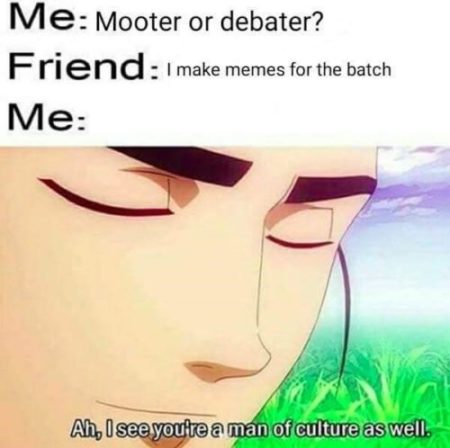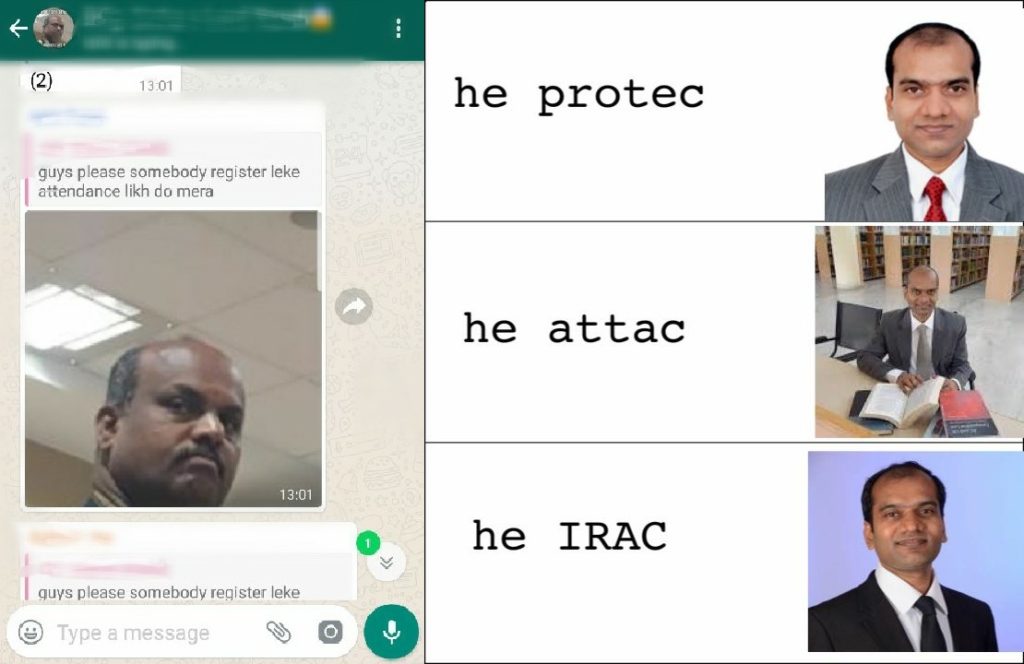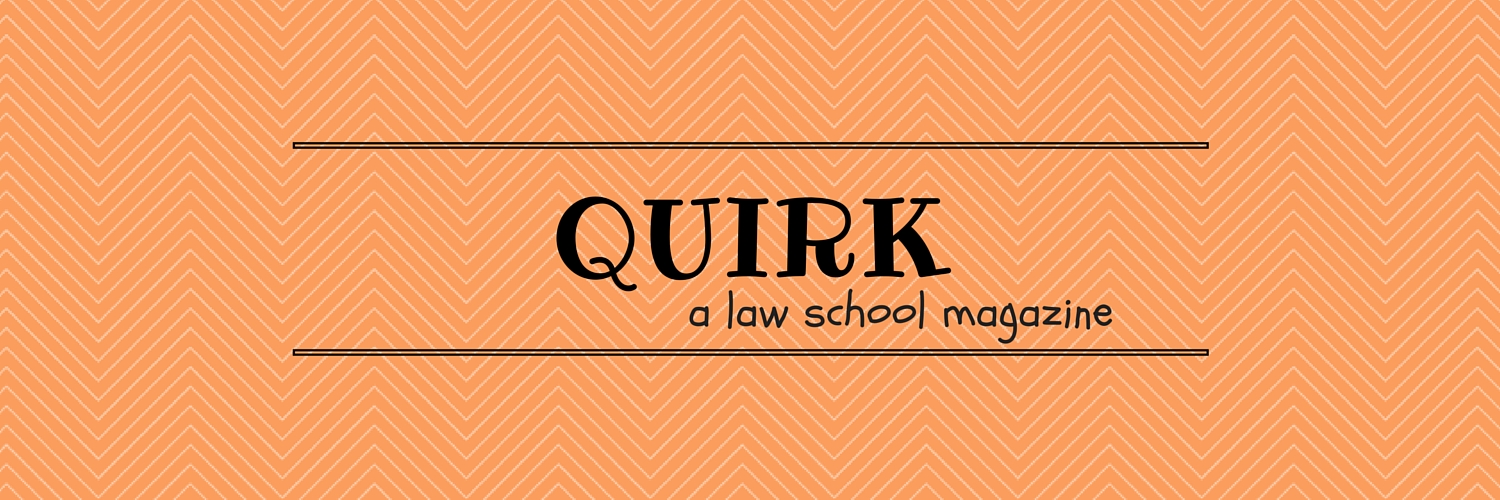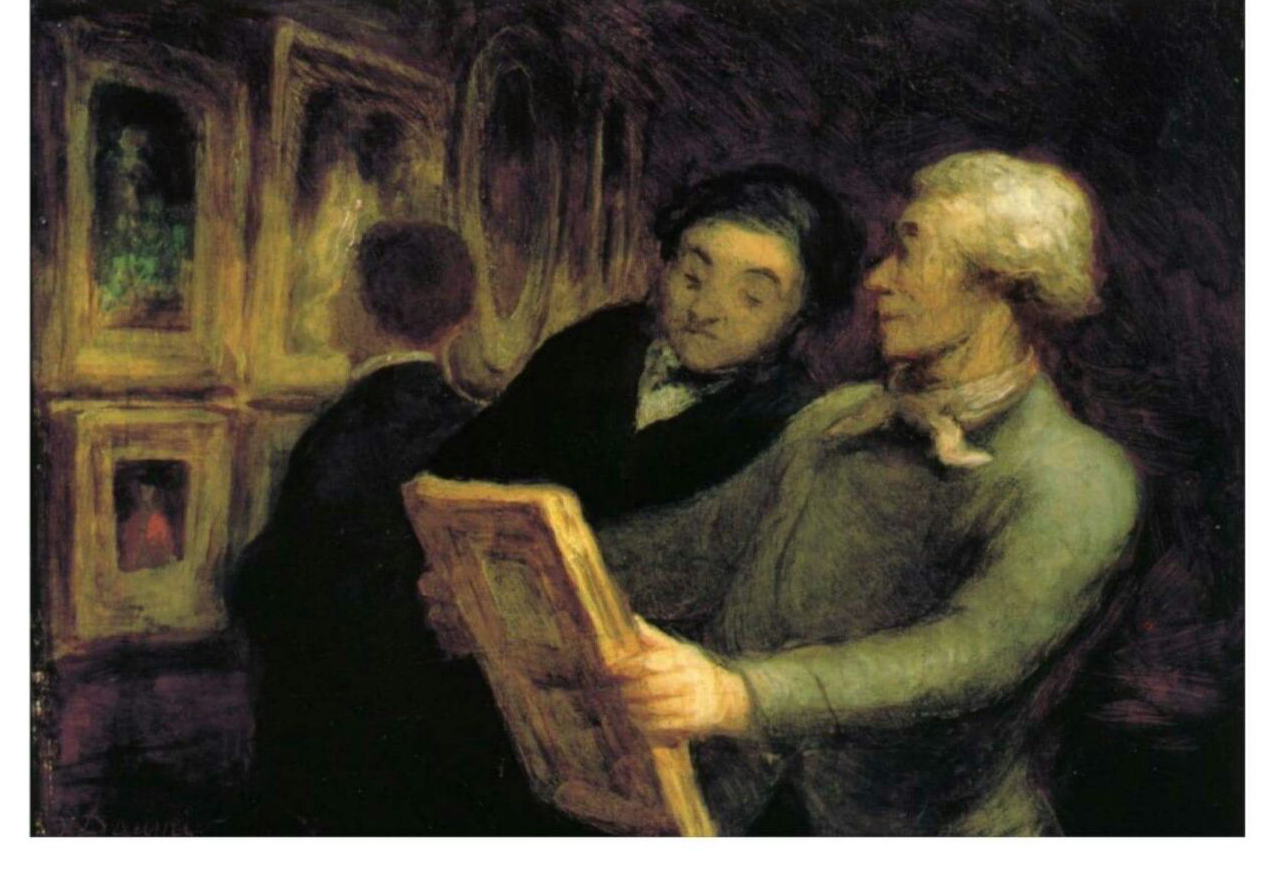Pictured above: Memesmith shows his latest masterpiece to a fellow meme connoisseur. (1789)
Ashi Mehta and Aman Vasavada (Batch of 2021) examine the rise of a recent social phenomenon which has gained momentum across the world and has found resounding popularity among the student population in law school.
When Rick and Morty[1] founded a Facebook meme group for their batch during one particularly nondescript Torts-II class, little did they know that they were on to something. Meme connoisseur DD explains, “The appeal of memes is that it makes you feel like you’re part of a huge inside joke without having to make the effort of being actual friends with anybody”. Internationally, 9gag – trying hard to stay relevant – has found tough competition from game-changing niche pages such as Garlic Bread Memes, Sassy Socialist Memes, r/dankmemes and r/bonehurtingjuice. Burgeoning into popularity across college circles across streams in India, with the rise of pages such as Dandy Memes for the Dank Darwinian for those stuck in science colleges, Trolley Problem Memes for students of the humanities, and Well Juxtaposed Artistic Memes for Kannada Gotthilla Teens for extremely select audiences, meme culture has found acceptance and seems like it is here to stay.
Law School has always had an underground meme economy. There was always that one kid scrolling through Reddit in the library basement. There was always that couple tagging each other in wholesome memes. Drunk photos of batchmates were instantly placed on the production line, with memelords revving up their magic machines the moment they themselves sobered. However, the culture did not become an overt and official phenomenon until 2017 Univ Week, when CulComm announced an inter-batch meme challenge. Rick and Morty simply dumped the stash from their Facebook group, which had been going strong for several months now, onto the CulComm page. Underground agents from the other batches did the same. The memelords had found their calling at last. They could finally crawl out of their cubes and walk with pride.

Law school, most notably, has seen a meteoric rise of memes as a novel mode of Press and Publicity for events and for Committees in general. The Law and Technology Society were the first ones to grace the noticeboards with meme PnP. When asked why memes, Convenor Dhruv Jadhav told us: “A lot of students are sceptical about finding out what a niche committee like L-Tech does. Memes were the perfect way for us to reach the average Law Schoolite, as they showed the importance of tech law in a manner which was familiar to and loved by everyone. We picked up the first mover advantage and it was a success. Now, all committees are using memes.”
EMC member Harsh explained that the rationale behind inserting memes during committee presentations was in order to hold the first years’ attention during “BT committee presentations” and give them a gist of SF, which he describes as “an experience which cannot be explained but only felt”. Smriti, from LnD, succinctly explained she knew that’s just how PnP was memed to be. When asked to comment on the phenomena that has gripped the noticeboards of NLS, Saarthak responded in MCS’ trademark no-nonsense manner: “Fuck off. MCS’ memes were the best.”

One of the most alarming repercussions of this spectre of meme culture is the emergence of a new, alien vocabulary into the everyday campus lives of its victims. Jyotsna Vilva, a regular consumer of memes with a penchant for Doggo lingo, was heard excitedly telling her friend about an interaction with the dog that lives outside the gym, “Fren! Gym pupper gave me permission to boop its snoot this morning! It’s doin’ me a heckin’ amaze!” In another development, batch groups have found a new way to ostracise people: by labelling them “normies” (read: people who have no idea what this article is harping about). In an attempt to explain these societal externalities, DD lauds the intelligent use of repetitive humour – a meme gets funnier the more times it’s used in innovative ways – and extols memes as the “puns of our generation”.
The future of memes (as a powerful tool of communication and self-expression) also seems to be in safe hands. On the very first day itself, when a few of us indulged in more meaningful Positive Interaction than asking the poor chaps to objectively rate their five favourite classmates of the opposite sex, we were shocked to learn that the fresh entrants had already developed a blossoming meme culture. As the days went by, their batch got even danker. A photo of the University’s cameraman was furtively snapped at a guest lecture and became an instant hit, making the unwitting photographer a mini-celebrity overnight.

The very first legal concept they learnt – IRAC – found itself on memes before on notebooks. When the creator of this meme was informed by our meme-tracking journalists that this iconic one had reached as far as the fifth years and was well appreciated everywhere, this was his response: “Making memes is necessary to get away from the constant pressure here”. With the legacy set to continue, the aging memelords of NLS can retire with peace.
[1] Names changed to protect their dank memelord identities.


Comments